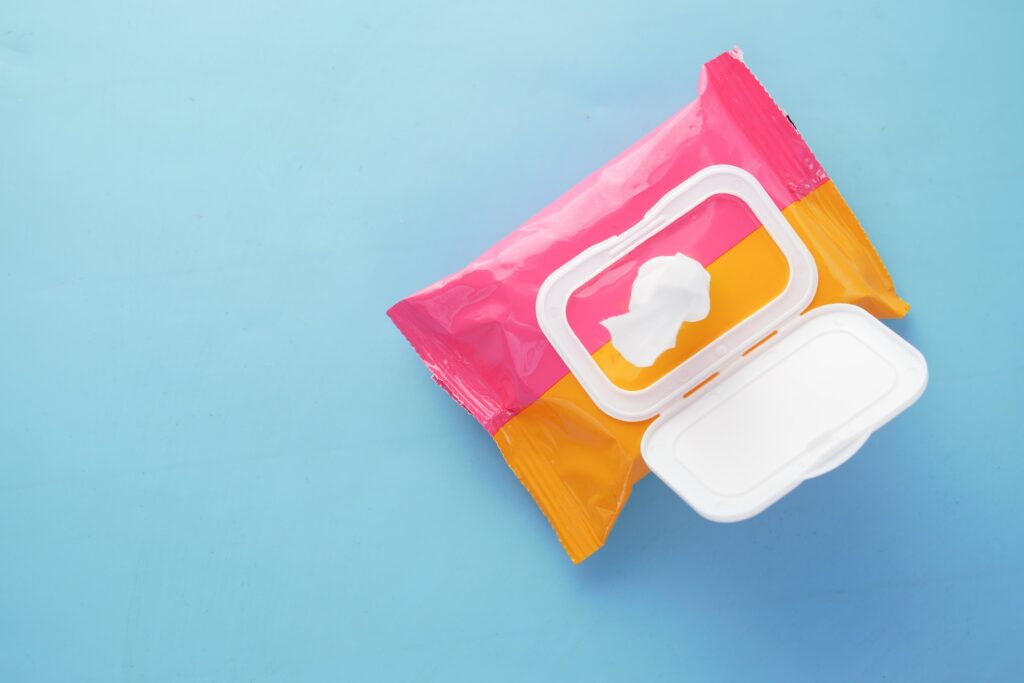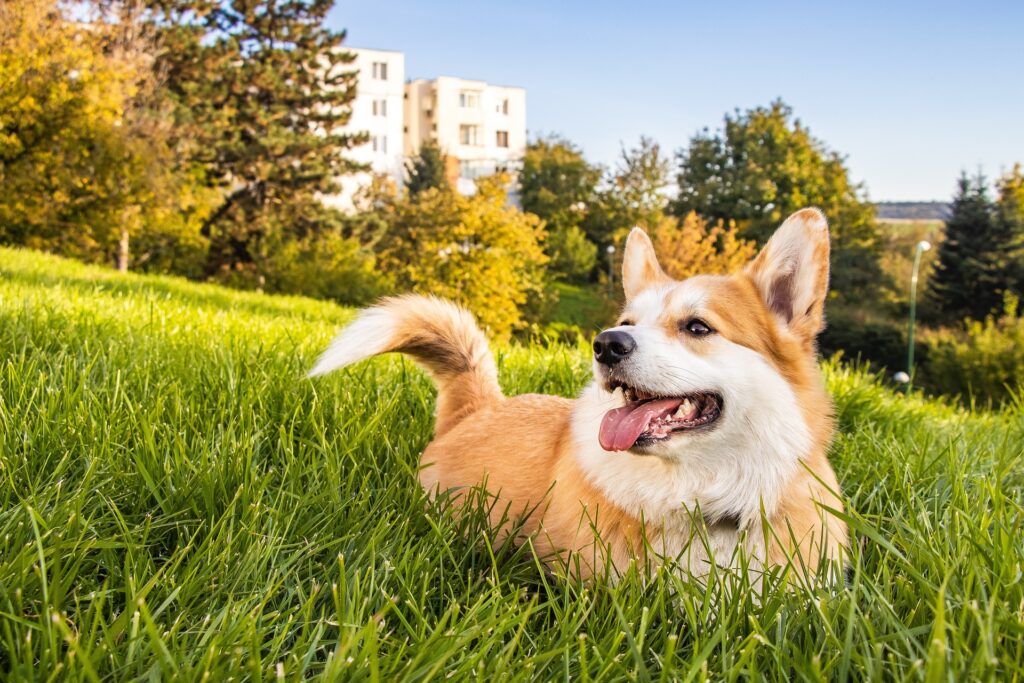Dogs can get their munchers on a whole lot of things that they shouldn’t. Sometimes they will even try ingesting a bottle cap.
If a dog ate a plastic bottle cap, it can pose a serious health risk. The sharp edges may cause internal injuries or blockages. Contact your vet immediately to assess the situation and determine the necessary course of action. There are also a few steps you should take as soon as you can.
- What are the common signs that indicate a dog may have swallowed a plastic bottle cap?
- What are the risks and potential complications of a plastic bottle cap ingestion?
- What to do if your dog eats a plastic bottle cap?
- What procedures may a veterinarian undertake to assess the situation?
- What tips can be followed to prevent dogs from eating plastic bottle caps?
What are the common signs that indicate a dog may have swallowed a plastic bottle cap?
Once a dog swallows something like a plastic bottle cap, you can expect to see some symptoms. These include:
- Vomiting or retching – Usually as the first symptom, dogs will immediately try to throw up the plastic cap after ingesting it. If they can’t, they will start retching while being unable to vomit it out.
- Lethargy and loss of appetite – Once the bottle cap is in and starts causing discomfort, the dog will slowly lose its energy and become lethargic. Dogs will also refuse their food. If a dog refuses food in the morning, it may have just swallowed a bottle cap.
- Abdominal pain or discomfort – If the bottle cap gets stuck in the intestines, signs of dog intestinal blockage will appear. You will notice that your dog’s stomach gets tender on touch and it reacts to the pain.
- Changes in bowel movements – Because the gastrointestinal system is affected, you can also expect signs like diarrhea or constipation. There could also be changes in the stool like the presence of blood or mucus.
What are the risks and potential complications of a plastic bottle cap ingestion?
If a dog accidentally swallowed a bottle cap, there are a few things to worry about that can cause serious consequences.
Intestinal blockage
Because plastic bottle caps are hard objects, they can easily get stuck along the intestines and cause a blockage. Once blocked, the intestines won’t be able to let food and water go through.
This can happen slowly and you won’t notice symptoms immediately. But it is life-threatening and requires immediate vet attention. These blockages are more common in smaller dogs as their intestines have a smaller diameter in size.
Choking hazard
Apart from the intestines, plastic bottle caps can also block the windpipes of dogs. This happens if a dog accidentally breathes in the cap while chewing it.
The symptoms of this condition will be instantaneous as you will see the dog suffocate and start coughing. While this is happening, the dog will also start panicking, gagging, pawing at its mouth, drooling, and even passing out from all the stress.
Infection
Symptoms of a dog ingesting a plastic bottle cap can also include symptoms of an infection. While the bottle cap passes through the gastrointestinal system, it will damage the outline causing scratches and wounds that can easily get infected.
The problem can get so serious that it can perforate the dog’s digestive system. This allows digestive fluids to leak into the abdomen causing a life-threatening infection called peritonitis.
Allergic reaction
Besides all the other life-threatening complications, dogs can also be allergic to some of the contents of the plastic bottles they consume. During the manufacturing process, all sorts of chemicals are used to make these bottle caps.
Dogs that are allergic to these chemicals will show symptoms like coughing, difficulty breathing, experiencing itchiness, and rashes on their skin, and even vomiting.
What to do if your dog eats a plastic bottle cap?
If you see that your dog has done this, you will need to keep calm and follow a few steps to ensure nothing bad happens.
Assess the situation
Firstly, breathe and observe what exactly has happened. Notice what your dog ingested, how much it was, and if there are any immediate symptoms. All of this information will be useful later.
Do not induce vomiting
Avoid making your dog vomit as it will not help at all. Doing this without professional guidance can only lead to more damage as the plastic tries to go out of the gastrointestinal system.
“Gagging pets, or sticking a finger or an object down their throats will not make them vomit because pets don’t have the same gag reflex as humans do. This method could actually cause trauma to the pet’s throat or could lead to the pet biting someone out of discomfort or fear.”, says the ASPCA.
Contact your veterinarian
The best thing you can do in this situation is ask for veterinary assistance. You need to give them all the information you have on the situation as it will make it easier for them to treat your dog.
Monitor your dog
Keep a close eye on your dog while you are preparing to visit the dog emergency care department. Everything you notice will be of use and will help with diagnostics and treatment.
What procedures may a veterinarian undertake to assess the situation?
Once you tell your vet that your dog mistakenly ate a bottle lid and take them to the office, they will do a thorough medical evaluation. During this, they will palpate the abdomen, and measure the heart rate, temperature, and breathing. Then, they will move on to doing lab work and imaging. X-rays and ultrasounds are used to determine where the bottle cap is and evaluate surrounding tissues.
If your dog has swallowed this plastic cap in the last hour or so, the vet will try to take it out with an endoscope. If the bottle cap has found its way to the intestines, surgery may be needed. Usually, an exploratory laparotomy is done to locate and fix the obstruction. Recovery takes a few days and the dog will need to be hospitalized. This is what Dr. Thomas W. G. Gibson recommends doing after the surgery:
| After foreign body retrieval, correction of fluid, electrolyte, and acid-base disturbances should continue. Peritonitis is treated with antibiotics and closed suction drains. If the animal is not vomiting, water may be offered 12 hours after anesthetic recovery. Food may be introduced 12–24 hours after recovery if there is no vomiting. – Dr. Thomas W. G. Gibson |
What tips can be followed to prevent dogs from eating plastic bottle caps?
Prevention is always better than a cure. To make sure your dog avoids ingesting plastic bottle caps in the future, there are a few things you can do.
Secure and supervise
You need to pet-proof your home and store all your bottles and caps out of the reach of your dog. Put them in a closed cabinet or a high shelf that is unreachable for it. If you are out and about with your dog and you come across a bottle cap, supervise them and react properly to prevent them from eating it.
Safe disposal of plastic
Your used bottles and bottle caps need to be disposed of properly to ensure they are out of your dog’s reach. Keep them in a secure trash can that can close well and put them in a place that your dog can not enter easily. If the trashcan is in the kitchen, restrict the kitchen for your dog to be safe.
Teach the “leave it” command
If you want to train dogs not to eat plastic caps, you will need to use some obedience training. Teach them the “leave it” command and the “take it” command that will make it easier for you to control what they pick up with their mouths. While at it, use positive reinforcement techniques to make it worth their while. If your dog does not listen to you, you can hire a professional dog trainer to help you with this.
Provide safe alternatives
In order to redirect its attention from eating things like plastic bottle caps, you should get some fun chew toys for your dog. Dogs can eat the string from rope toys and choke, so avoid getting those. Instead, choose high-quality, durable toys that can be chewed for a long time without breaking.
So what should you do if your dog ate a plastic bottle cap?
Dogs can get curious and pick up stuff with their mouths to eat. But sometimes this stuff can be dangerous, like plastic bottle caps. Once a dog ingests a plastic cap, it puts itself at risk of intestinal blockage and choking. Additionally to that, infection and allergic reactions are also possible.
If you notice your dog eating a bottle cap, you need to monitor for any symptoms. Vomiting, abdominal pain, lethargy, and loss of appetite are only a few of the possible symptoms. In this situation, it is best to contact a vet and follow their instructions. Sometimes, the dog will require additional procedures like endoscopy or surgery.
FAQ
Will a plastic bottle cap dissolve in a dog’s stomach?
No, a dog’s stomach acid is not able to dissolve plastic. Thus, the bottle cap will either pass fully or get stuck somewhere in the intestines causing multiple problems for the dog.
Can a dog pass a plastic bottle cap naturally?
If your dog ate a plastic bottle cap that is relatively small in size, it may be able to pass through the gastrointestinal system without causing problems. But you should still contact a vet for help.
How long does it take for a dog to show symptoms after swallowing a plastic bottle cap?
It can take up to 2 hours for a bottle cap to reach the intestines and cause symptoms. If the bottle cap ends up in the windpipe, the symptoms will occur instantly.
What To Do If Your Dog Ate A Baby Wipe: Advice And Solutions
Dogs like to chew on things and sometimes they will get their chompers on something…
Why do Dog Leave Odorless Wet Spots? And how to treat them
It is not uncommon for dog owners to notice that their dog leave odorless wet…
Why Does My Dog Only Have Diarrhea At Night? [How To Help]
Diarrhea is not an uncommon thing and most dogs will suffer from it at least…
A Complete Guide To The Corgi Heat Cycle [+ Tips]
Going into heat is what we refer to when we talk about periods in dogs….
Should I Feed My Dog Before Or After A Walk? [Simplified]
Of what we know of dogs, they love two things, eating and walking. These two…
Dog Ate Tampon – How Long Will It Take To Pass Easily?
Dogs are curious creatures by nature, and it’s no wonder that they scout for inedible…







